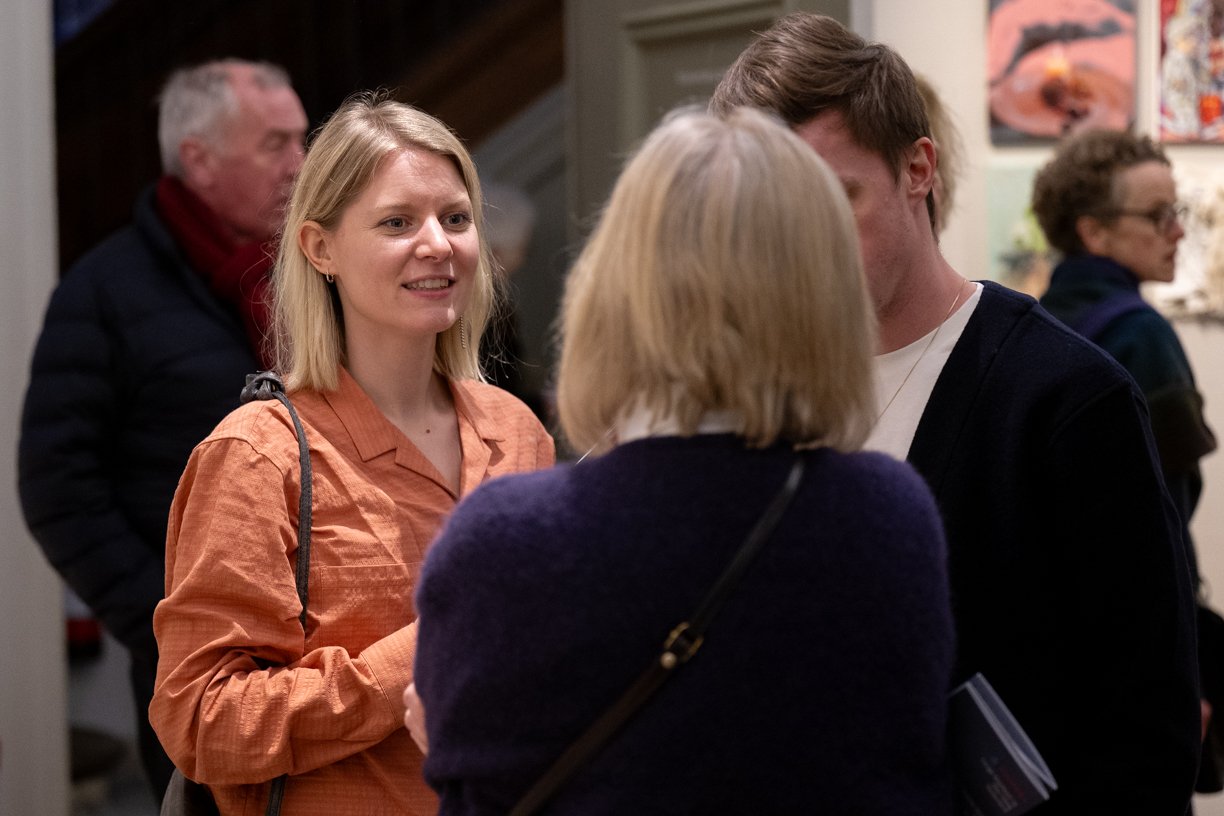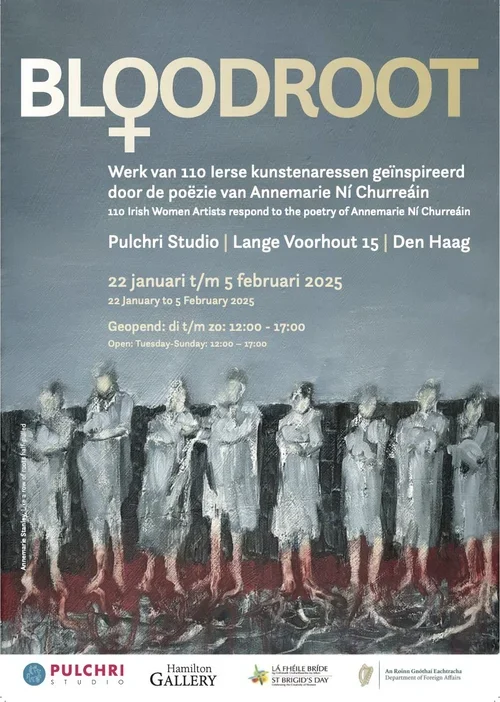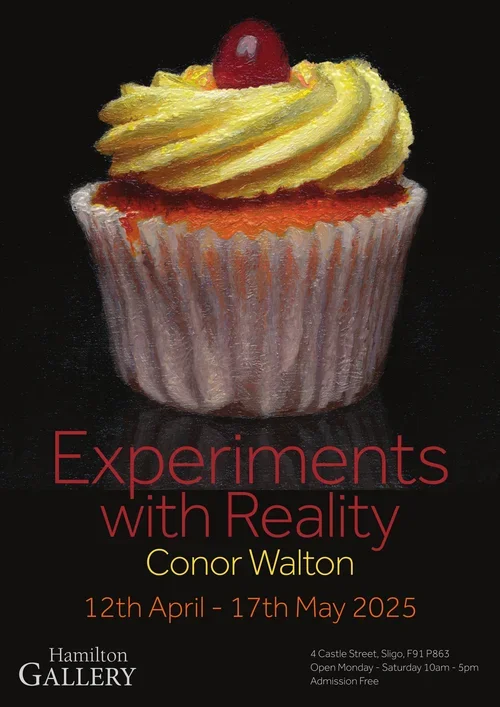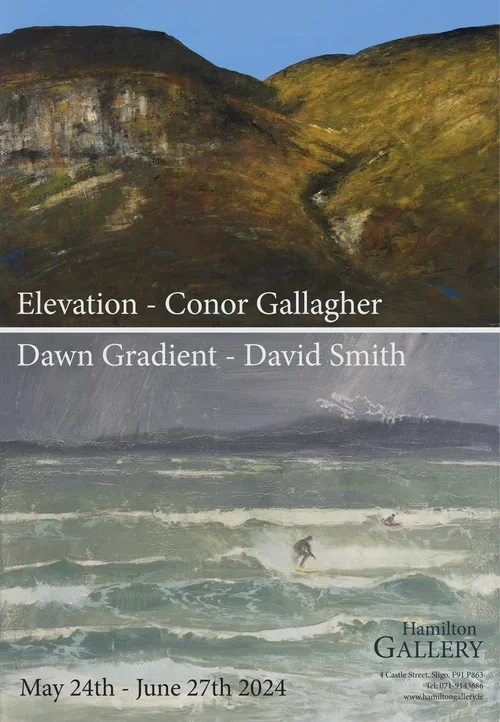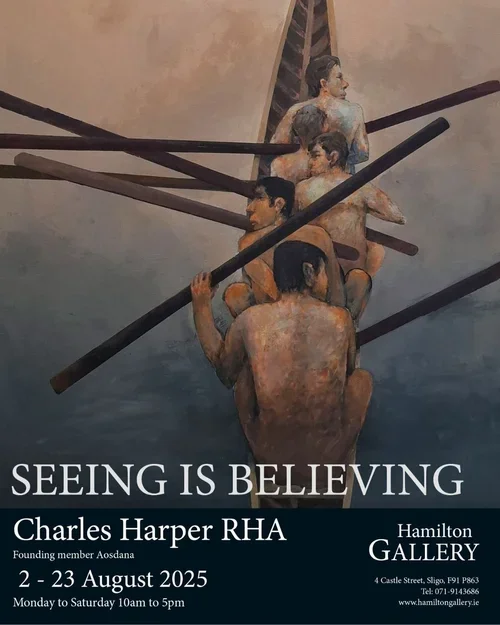WINTER GATHERING, INVITED ARTISTS GROUP EXHIBITION OPENING
Thursday Nov 27th 2025
Hamilton Gallery's annual " Winter Gathering" brings you a festive celebration of work from over 22 invited artists. Following on from Clive Bright’s exhibition Hamilton Gallery had its last opening of a successful year. Last Thursdays opening of Winter Gathering group exhibition brings together another collection of artwork by artists from around the country and here in Sligo. This year’s Winter Gathering includes Daniel Chester, Mags Duffy, Joe Dunne, Catherine Fanning, Josephine Geaney, Medbh Gillard, Julianne Guinee, Martina Hamilton, Eileen Healy, Stephanie Hess, Kaye Maahs, Marilin North, Donncadh O’Callaghan, Cormac O’Leary, Kate Oram, Pat Owen, Rae Perry, Karen Webster, and Manon West.
Being our last opening of the year, this exhibition continues until January 31st 2026. A perfect round off to a great year.
Photos from ‘Winter Gathering’ exhibition opening by Carl Brennan
























































































